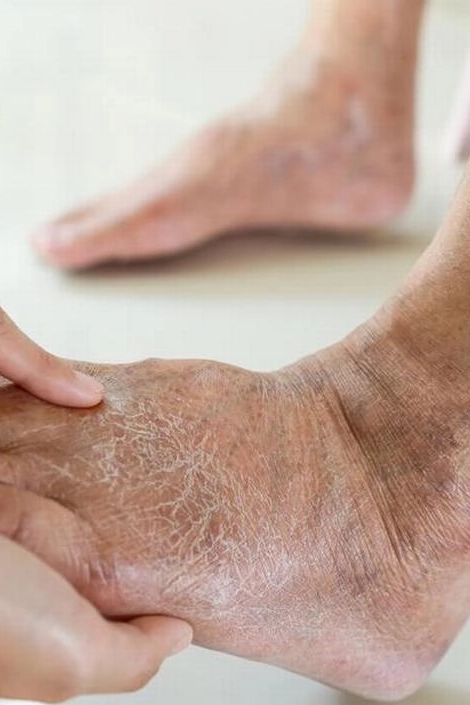Type 1 and Type 2 diabetes
What is diabetes?
Diabetes, including both Type 1 and Type 2, significantly affects the body’s vascular system and surrounding tissues. Type I diabetes is an autoimmune condition where the body produces little or no insulin. Type II diabetes is characterised by insulin resistance, where cells respond less effectively to insulin, leading to elevated blood glucose levels and compromised blood vessel function.
Symptoms
- Poor circulation
- Cold feet
- Pain when walking
- Slow wound healing
- Elevated blood glucose
- High blood pressure
- Fatty deposits around blood vessels
Progression of the condition
Type 1 diabetes is a lifelong condition that requires ongoing management. Circulatory problems are common and may cause symptoms such as cold feet, pain during walking and delayed wound healing.
Type 2 diabetes prevalence is increasing globally, with serious complications such as cardiovascular disease, kidney failure, and nerve damage occurring if not well managed. Impaired blood vessel function contributes to poor circulation, increased blood pressure, and fatty deposits, which in turn affect insulin efficiency and accelerate vascular ageing. Low-grade chronic inflammation is an important factor that exacerbates insulin resistance and disease progression. Fortunately, Type 2 diabetes can often be improved or reversed with lifestyle modifications including healthy diet, regular exercise, adequate sleep, stress management, and support for optimal vascular function.
Causes
Type 1: An autoimmune condition resulting in insufficient insulin production.
Type 2: Often related to excessive sugar and refined carbohydrate intake, physical inactivity, stress, poor sleep, and metabolic disruption. Factors such as hypertension, smoking, and poor glucose control damage blood vessels and impair the body’s natural repair processes.
How Quadrivas Therapy supports diabetes management
Quadrivas Therapy offers a non-invasive, complementary approach to support vascular health, improve blood flow, and help reduce complications associated with diabetes.
Restoring blood vessel health
Restoring Healthy blood vessel walls maintain elasticity and smoothness, ensuring efficient circulation of oxygen, nutrients, and waste removal. Quadrivas Therapy targets blood vessel function through manual techniques that enhance vessel elasticity and reduce fatty deposits, supporting improved circulation throughout the body.
‘Training’ the blood vessels
By stimulating and mobilising tissue surrounding blood vessels, the therapy helps reduce fatty build-up and promotes vessel flexibility, contributing to improved insulin action and glucose metabolism.
Reducing inflammation
Enhanced circulation and vessel flexibility can help moderate chronic low-grade inflammation often present in diabetes, supporting better insulin sensitivity and overall tissue health.
Specific support for Type 1 and Type 2 diabetes
Type 1 diabetes: While the condition itself is not reversible, Quadrivas Therapy may alleviate symptoms by improving circulation and tissue health, potentially lowering the risk of further complications.
Type 2 diabetes: Therapy can support faster recovery and maintenance of vascular and tissue health, aiding insulin effectiveness and assisting in blood pressure regulation.
Results and benefits of Quadrivas Therapy for diabetes
Clients often report:
- Improved circulation, leading to reduced coldness, pain, and enhanced wound healing
- Enhanced vascular function, lowering risk of complications
- Natural blood pressure regulation through improved blood flow
- Better insulin sensitivity and glucose control support
- A valuable adjunct to lifestyle measures including exercise, nutrition, and stress management, contributing to sustained wellbeing

